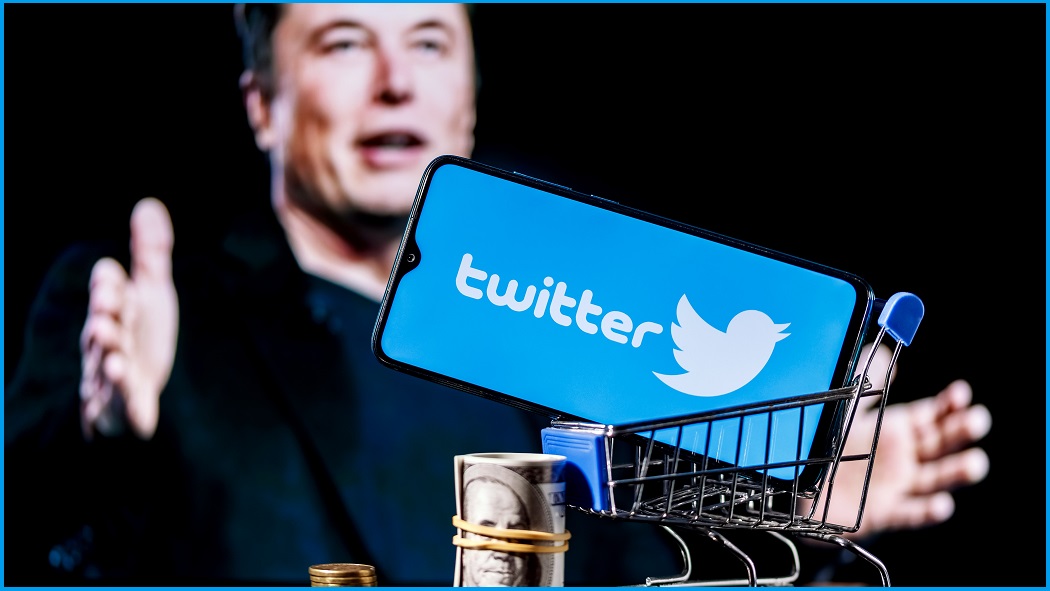Elon Musk is trying to get out of his deal to buy social media platform Twitter for US$44 billion, claiming Twitter “made false and misleading representations” about how many real users were on the platform.
He could face a US$1 billion fee for breaking the agreement.
Musk had aggressively postured ahead making the purchase in April, quietly becoming the company’s largest single shareholder before putting his cards on the table and offering US$54.20 per share to take the company over.
Within two weeks of celebrating his buyout as a win for ‘free speech’, Musk was signalling he would back out of the deal after saying the number of spam or fake accounts on Twitter was greater than the five per cent the company claimed.
In a filing to the US Securities and Exchange Commission (SEC) on the weekend, Musk’s lawyers claimed Twitter was withholding specific details about the number of monetisable daily active users (mDAU) on the site.
“All indications suggest that several of Twitter’s public disclosures regarding its mDAUs are either false or materially misleading," the letter to the SEC said.
“Although Twitter has consistently represented in securities filings that ‘fewer than five per cent’ of its mDAU are false or spam accounts, based on the information provided by Twitter to date, it appears that Twitter is dramatically understating the proportion of spam and false accounts represented in its mDAU count.”
Musk’s lawyers complained Twitter provided analysts with limited API access that had “a rate limit lower than what Twitter provides to its largest enterprise customers”, making it difficult to ascertain the number of fake accounts on the site.
Last month, Twitter gave into to Musk’s demand for the ‘firehose’ of real-time data on every tweet as it is tweeted, but his lawyers maintain it was too little, too late.
Musk’s lawyers will attempt to argue that Twitter’s actual mDAU number is significantly lower than it claims – thanks to the prevelance of bot accounts – which negatively affect the company’s ability to make advertising revenue.
Twitter's share price has fallen with the tech crash of recent months, down to $36.81 at market's close on Friday, leaving Musk stuck with an agreement to pay overs for a company he claims to not even want.
The value of his Tesla shares – which make up the bulk of Musk's extraordinary net worth – has also dropped significantly since he signed the deal to buy Twitter in April.
But Bret Taylor, Twitter’s chairperson, said the board was “committed to close the transaction on the price and terms agreed upon” and that the board was “confident” it would win in court.
Corporate lawyer Ann Lipton told the New York Times that false user numbers wouldn’t necessarily be enough for Musk to back cleanly away from the deal.
“They’re only grounds to walk away if they are so overwhelmingly bad that it really just fundamentally jeopardizes the economics of the deal,” she said.
Determining whether a Twitter account is a bot isn’t a straightforward endeavour, as the creators of the Botometer tool – which evaluates the likelihood than any given account is suspiciously bot-like – explained recently in the Conversation.
“Estimating the prevalence of inauthentic accounts requires applying a simplistic binary classification: authentic or inauthentic account,” they wrote.
“No matter where the line is drawn, mistakes are inevitable.”
Bots are a feature of Twitter, not a bug.
Twitter freely provides developers with access to its APIs and there are widely available libraries like Tweepy that make it easy to build and run your own bot for genuine activities – like providing information and entertainment – or for spamming people.
As Twitter CEO Parag Agrawal noted in a long thread about inauthentic activity, fighting against spam and bad actors is a constantly evolving challenge.
“Many accounts which look fake superficially are actually real people,” he said.
“And some of the spam accounts which are actually the most dangerous – and cause the most harm to our users – can look totally legitimate on the surface.”










